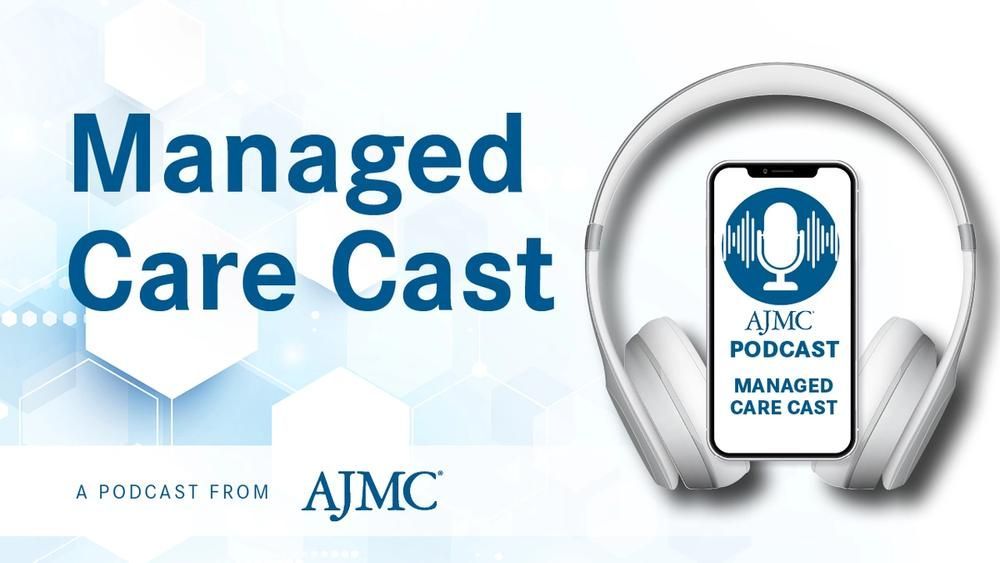Commentary
Video
Lp(a) Awareness Imperative for Enhancing Testing, Prevention Efforts in CVD: Joseph Saseen, PharmD
Author(s):
Joseph Saseen, PharmD, discussed the importance of knowing lipoprotein a (Lp[a]) levels to enable clinicians to provide the best patient care and spread awareness to those who might be affected.
The negative impact of lipoprotein a (Lp[a]) and its association with cardiovascular disease and complications is well known, explained Joseph Saseen, PharmD, University of Colorado. Not only should clinicians be aware of their patient’s status, but the patients and their loved ones as well, he added. Because genetics can influence Lp(a), enhancing patient education and awareness are of utmost importance. In this interview with The American Journal of Managed Care®, Saseen spoke to the value recognizing Lp(a) levels, awareness, and the challenges that hinder broader Lp(a) testing efforts.
This transcript has been lightly edited; captions were auto-generated.
Transcript
Given Lp(a) is largely genetic and not very modifiable, why is it still important for providers to know a patient’s status?
I think it's always important to know when a patient has elevated Lp(a) value, because it is considered a risk-enhancing factor. It is really well established that elevated Lp(a) is associated with increased risk of cardiovascular events, cardiovascular mortality, and other negative health consequences. Because we know this association, it's really important for patients to know in themselves whether they have that risk-enhancing factor, but also for their relatives, their primary relatives, they may have inherited the same abnormality in which the patient with elevated Lp(a) has. Knowing for risk profiling is important.
What are the main barriers to wider implementation of Lp(a) testing?
We’ve known about Lp(a) for very long time and that it's something that we don't want. We don't want to have elevated Lp(a). But I think the reason why it's not more prevalently screened for in patients is a lack of awareness by providers, those who might order that Lp(a) measurement, so we have that barrier to overcome the awareness by clinicians. Perhaps some of that is because we don't have recommendations in how to treat elevated Lp(a). That may be part of the barrier. But getting in the mind of the clinicians that it's something that they should routinely screen for as a risk-enhancing factor, I think that's probably the biggest barrier.
Another small barrier may be that sometimes a provider may have ordered an Lp(a) value and it may not have been covered by insurance. That may be a negative experience, which may dissuade somebody from ordering in the future, though it shouldn't, and I believe firmly that in the future we'll see more wide acceptance and payment of Lp(a) measurements.





